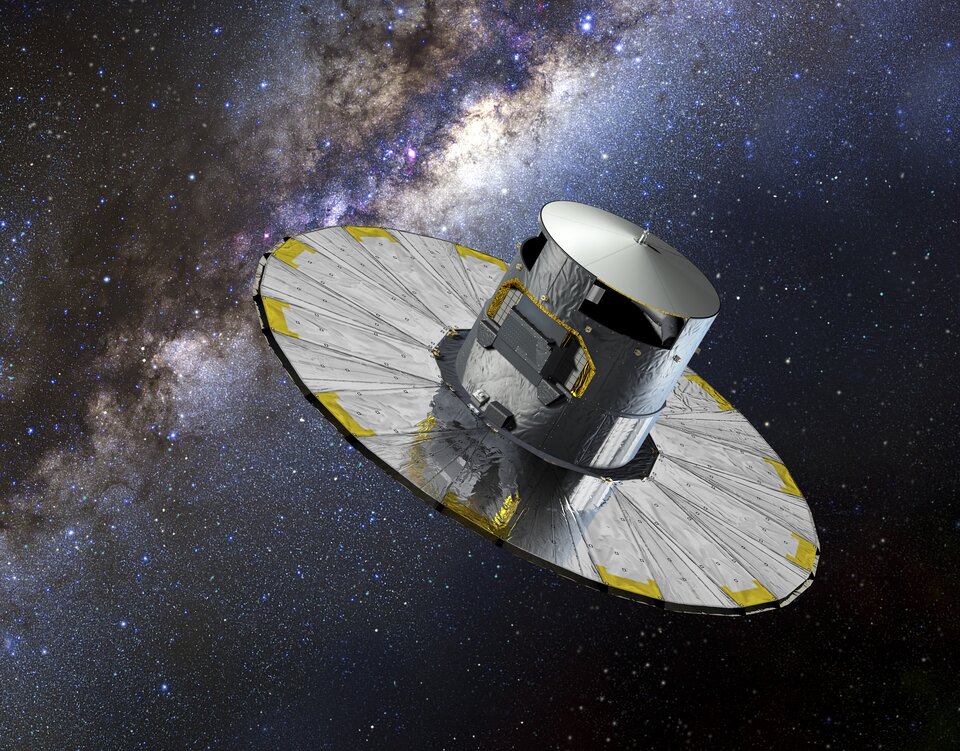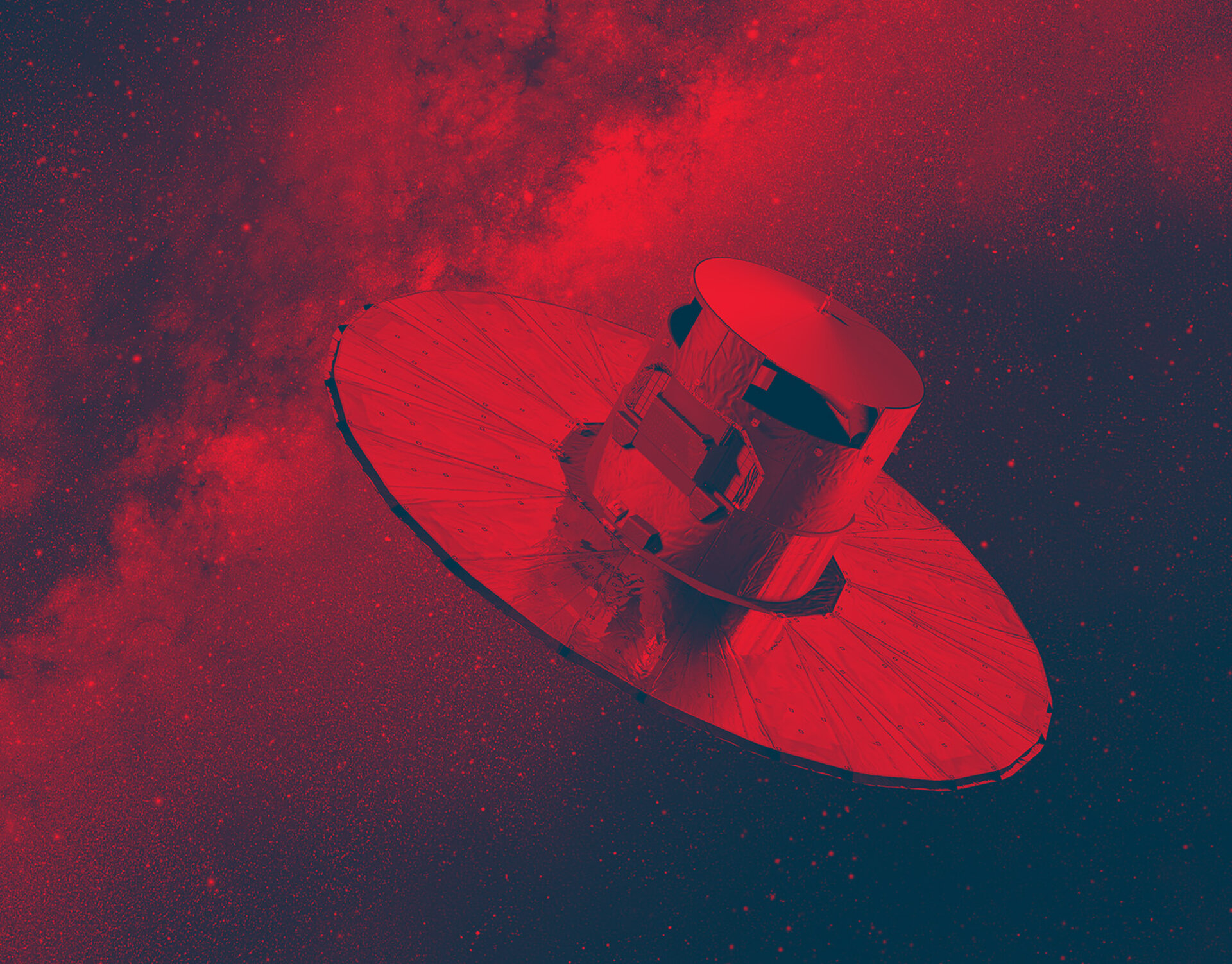
Learning Astronomical Data Analysis
Astronomy with open data: my journey with Gaia
When I was six years old, during the festivities in the small village of Tella (Ponteceso, Galicia, Spain), I saw my first shooting star in a sky that was still very starry. Since then, I have been fascinated by looking at the night sky and trying to learn and understand what lies behind it and why the universe is the way it is. Over the years, that curiosity has turned into a deep interest in astronomy. I studied Physics at the University of Santiago de Compostela, focusing on particle physics. However, my professional career has always been linked to information technology and ICT project management, but my passion for the stars has never disappeared.
In the world of computing, I learned to program in Python (I am by no means an expert) and to work with data analysis and machine learning techniques. During some projects, I used these tools in business environments (predictive models, clustering, time series analysis, etc.). However, when I discovered the European Space Agency’s (ESA) Gaia satellite and the enormous amount of open data it provided, I felt that scattered pieces of my life were coming together at a single point: programming, data analysis and, above all, astronomy.
Why Gaia?

Gaia is an ESA mission launched in 2013 with an ambitious goal: to map the Milky Way with unprecedented accuracy. The satellite measures the positions, distances and movements of more than a billion stars, creating a three-dimensional map of our galaxy that is revolutionising modern astronomy.
What attracted me to Gaia is not only the impressive figures, but the fact that its data is open and accessible. Anyone with curiosity and some technical knowledge can explore it, from amateurs to researchers who work with it on a daily basis. And, as an added bonus for me, it is a European project that showcases the potential of the ESA.
Why this blog
This space was created with two purposes in mind:
- Personal: I want to learn how to analyse real astronomical data. It’s not just about reading about astronomy, but working directly with the information that comes to us from space.
- Informative: to document my journey, so that others who share this interest can find a starting point, practical examples and, hopefully, inspiration for their own projects.
I do not intend to write an exhaustive manual or a formal course. I am thinking more of a travel diary, a logbook where technique and the excitement of learning are mixed together.
Writing the blog with regular posts (I am not setting a specific goal at the moment) will, in a way, force me to continue with the project.
Project objectives
My main goal is to deepen my knowledge of astronomy through data. Python will be the tool I use to do this, but it is not the ultimate goal. I want to familiarise myself with the Gaia catalogue and learn how to consult, filter and visualise it, using it to better understand the astronomical concepts behind the numbers (parallax, magnitudes, Hertzsprung-Russell diagrams, proper motions, stellar evolution, etc.). I hope that along the way I will discover how statistical and machine learning techniques can be applied to uncover patterns in the data.
In the future, curiosity will surely lead me to other astronomical catalogues, because Gaia is an excellent starting point, but it is not the only one.
What will you find here?
The posts on this blog will grow step by step, with a level designed for those who already have a foundation in Python but want to make the leap to working with astronomical data. I intend for the journey to have a certain structure:
- Practical introductions to the Gaia catalogues.
- Data analysis and visualisation exercises.
- Brief explanations of the astronomical concepts needed to understand the data.
- More advanced experiments, processing data with machine learning algorithms.
The idea is to start with the simple stuff and move forward gradually, without rushing but with consistency.
An invitation
This blog is, essentially, an invitation to join me in this very personal project. I am not a professional astronomer or astrophysicist. Nor am I a software developer. My interest in astronomy and astrophysics, my programming skills and the availability of Gaia data have made it possible for me to start learning and, who knows, perhaps even collaborate with the scientific community.
If you are interested in astronomy, data, or simply want to learn new things, you are more than welcome. And as I mentioned before, I am not an expert developer. If you see that my developments have errors and want to join in to make something better, you are more than welcome, and I would be deeply grateful.
As Carl Sagan said,
‘We are made of star stuff. We are a way for the universe to know itself.’
Perhaps, by exploring Gaia’s data, we can understand our place in the universe a little better.
Photo: ©ESA
